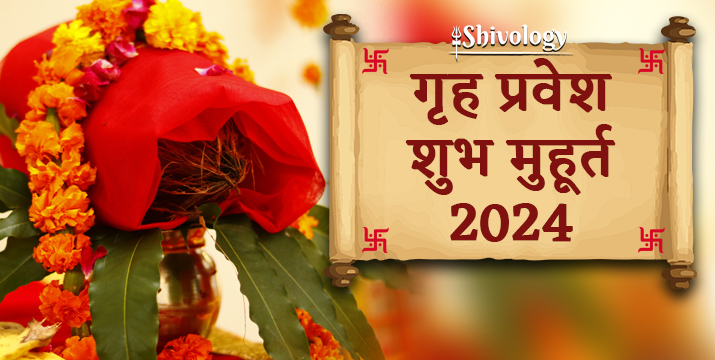Shradh holds a great significance in Hinduism. It is an important ritual in which one performs to pay homage to one’s ancestors.
Shradh is a Sanskrit word which means any act that is performed with all sincerity and faith.
Shradh is the most intense emotions in that we feel both, happy and sad In other words it is an act of pay tribute and respect towards ancestors.
What is Shradh?
Shradh is one of the important rituals of Hindus. It is a period of 16 Lunar days in Hindu Calendar. During these 16 days, Hindu pay homage to their ancestors by offering food.
The Tarpan of the ancestors is performed on the Tithi which they met eternity. Shradh is also known as PitruPaksha, Mahalay or kanagat.
Days of PitruPaksha
According to the Hindu calendar, the second half of the month Bhadrapada is known as PitruPaksha or Shradh.
MahalayaAmavasya is one of the most important days of the Shradh. On this day Shradh can be performed without looking any tithi, Nakshatra etc.
It is known as SarvPitruShradh. In 2018, Shradh will start on 24th September and end on 8th October.
Why Do We Perform Shradh?
An important period of 16 days is dedicated to the forefather or ancestors every year. Shradh is considered perfect for performing Tarpan.
Performing Tarpan in PitruPaksha is a way of thanksgiving, remembering and honoring the ancestors for whatever they gave to the present generations.
According to the Brahma Purana, in the month of Ashwin, the God of Death “Yamraj” grants freedom of all the souls so they can accept the food made by their children on the occasion of Shradh.







